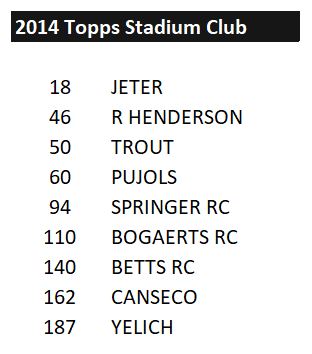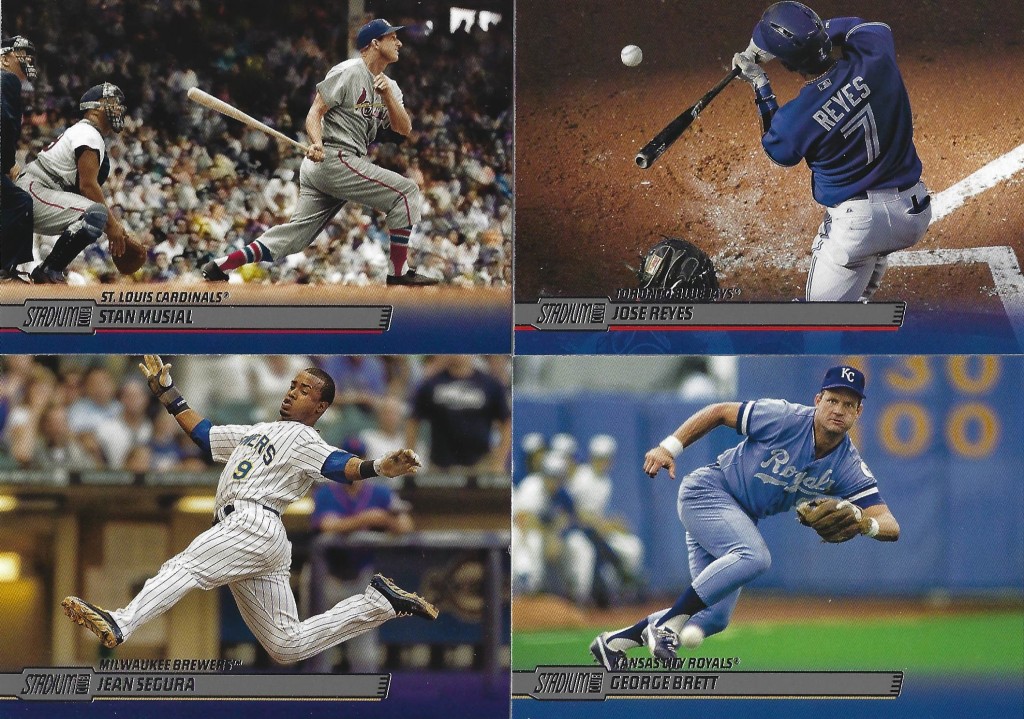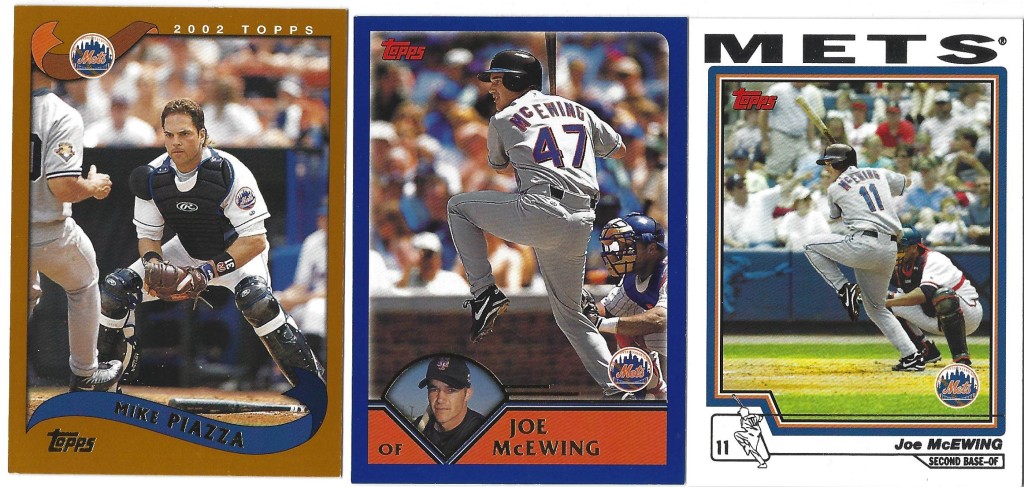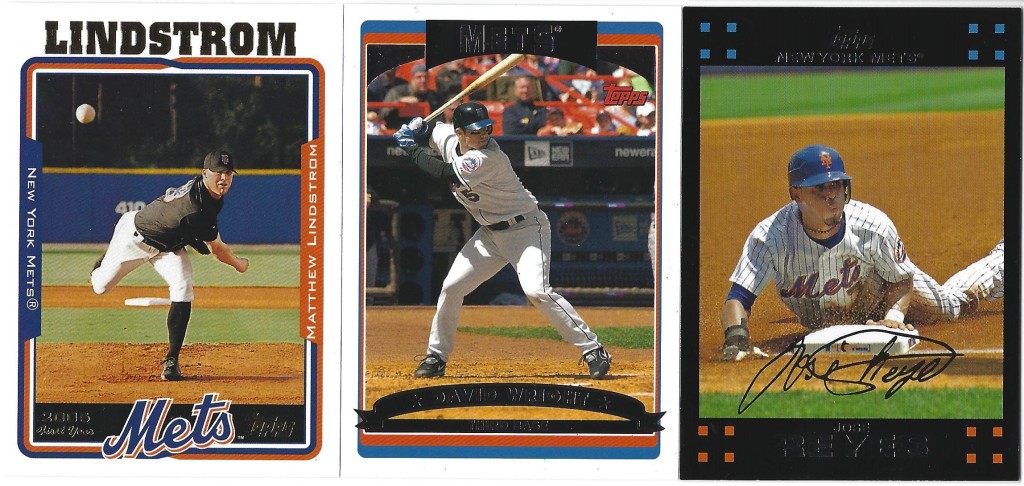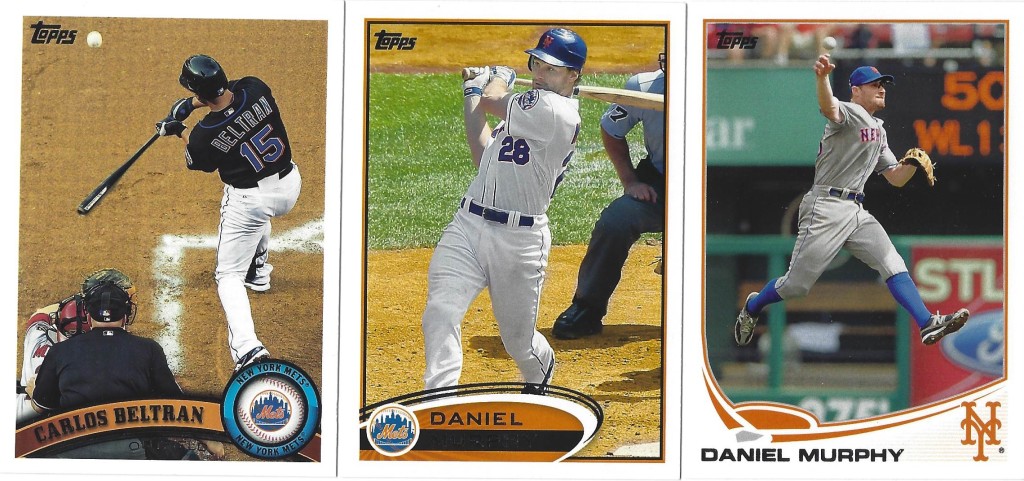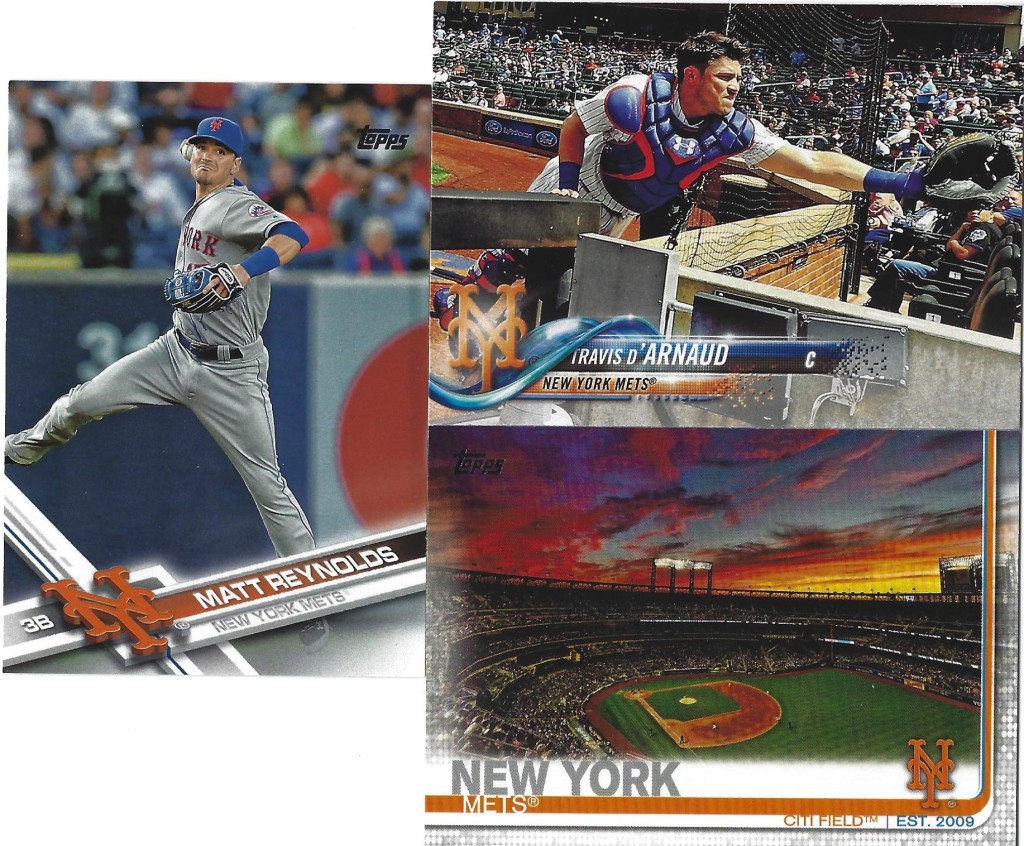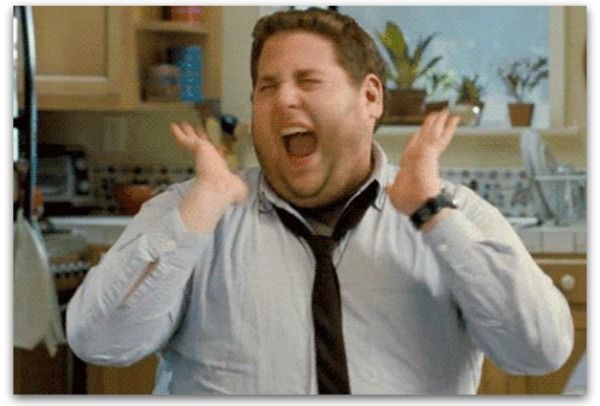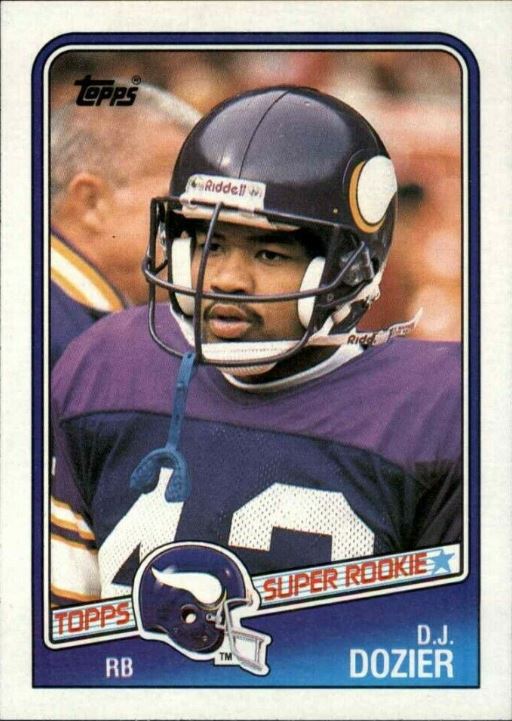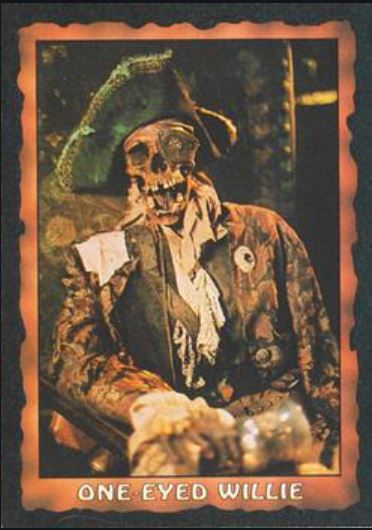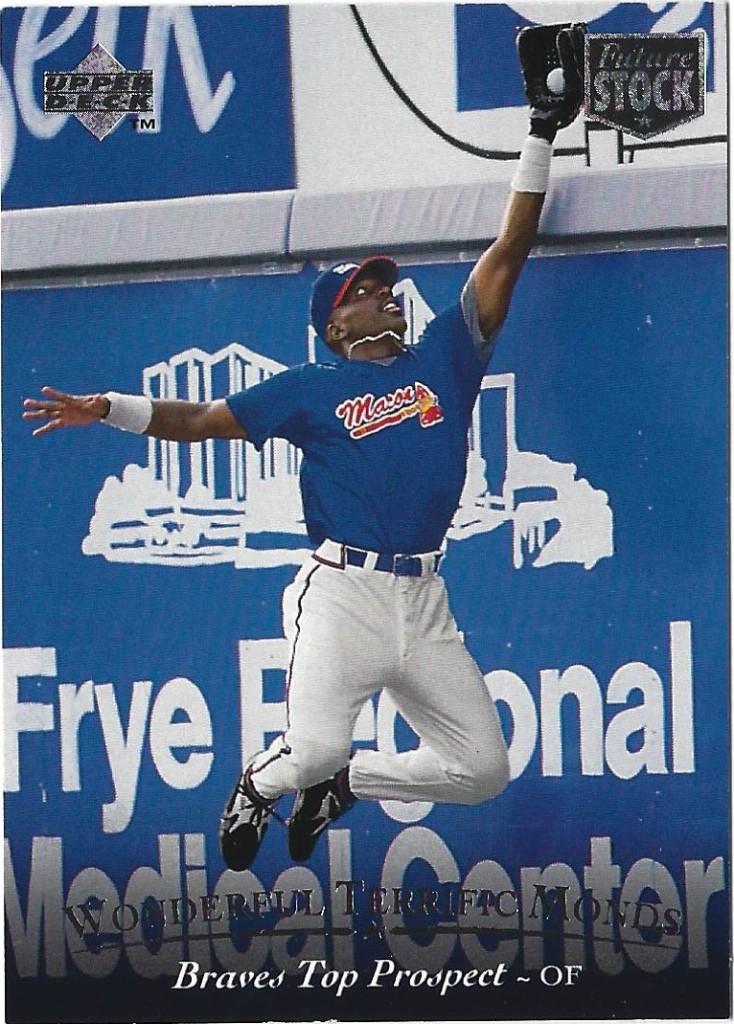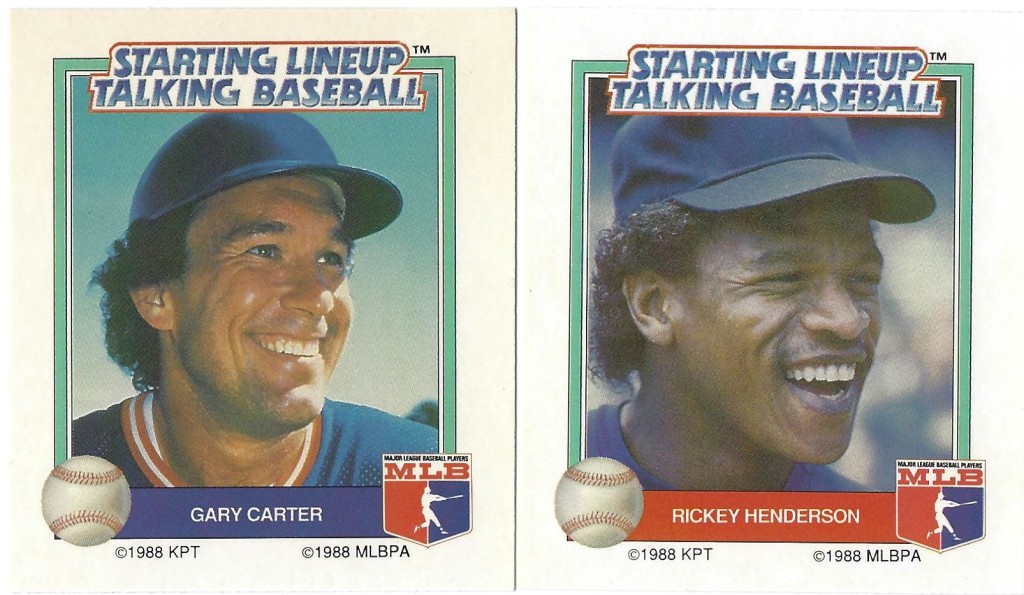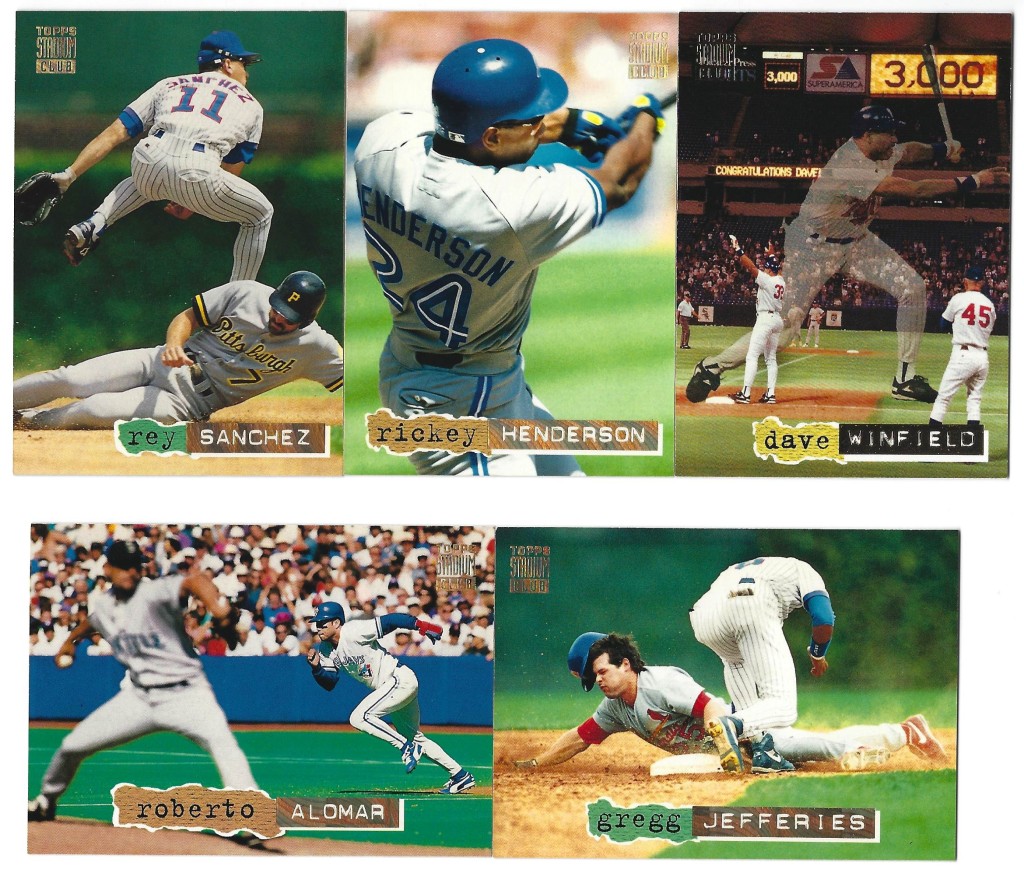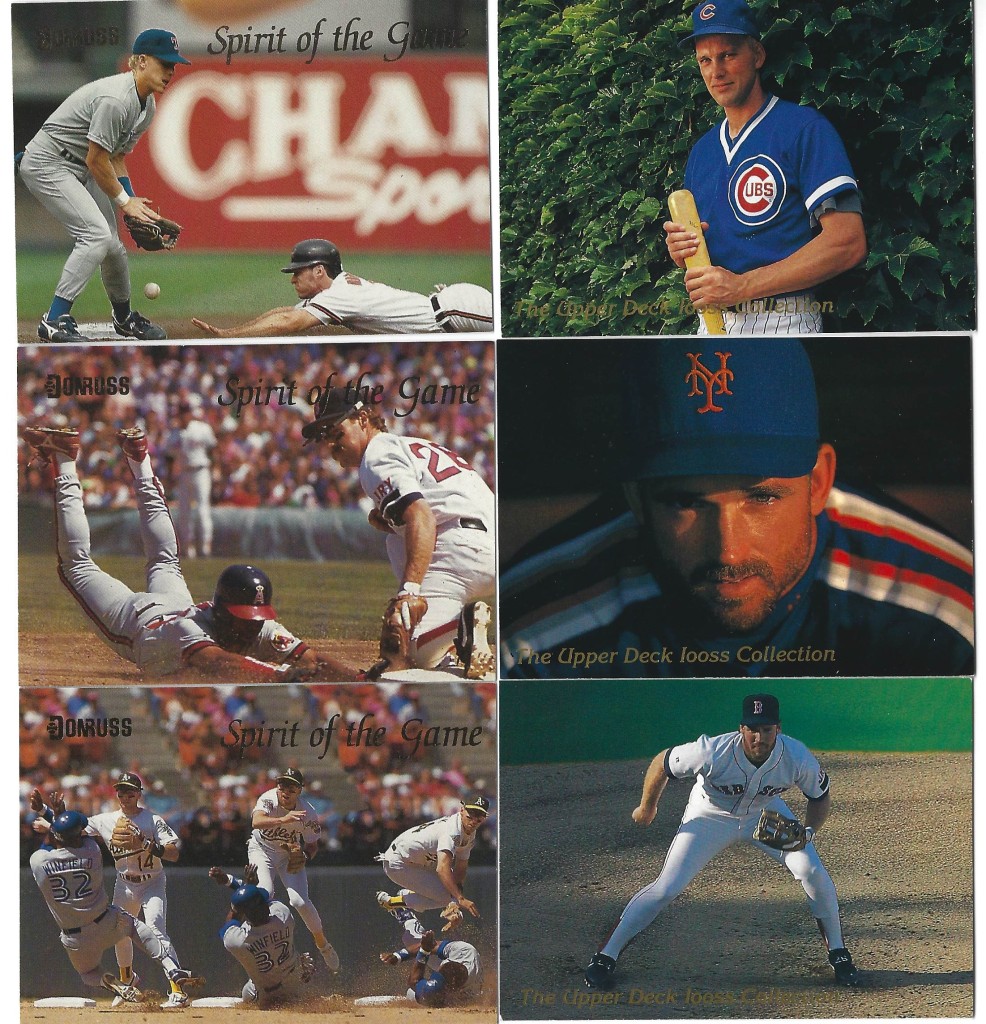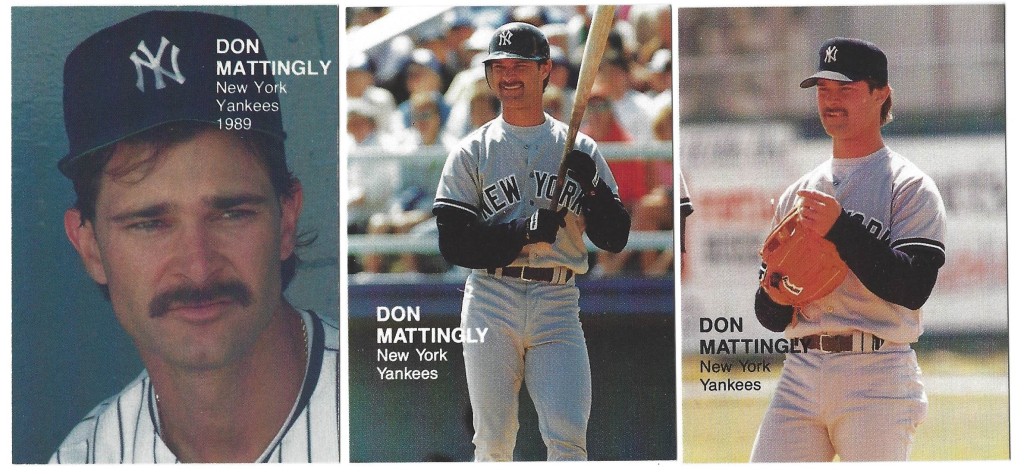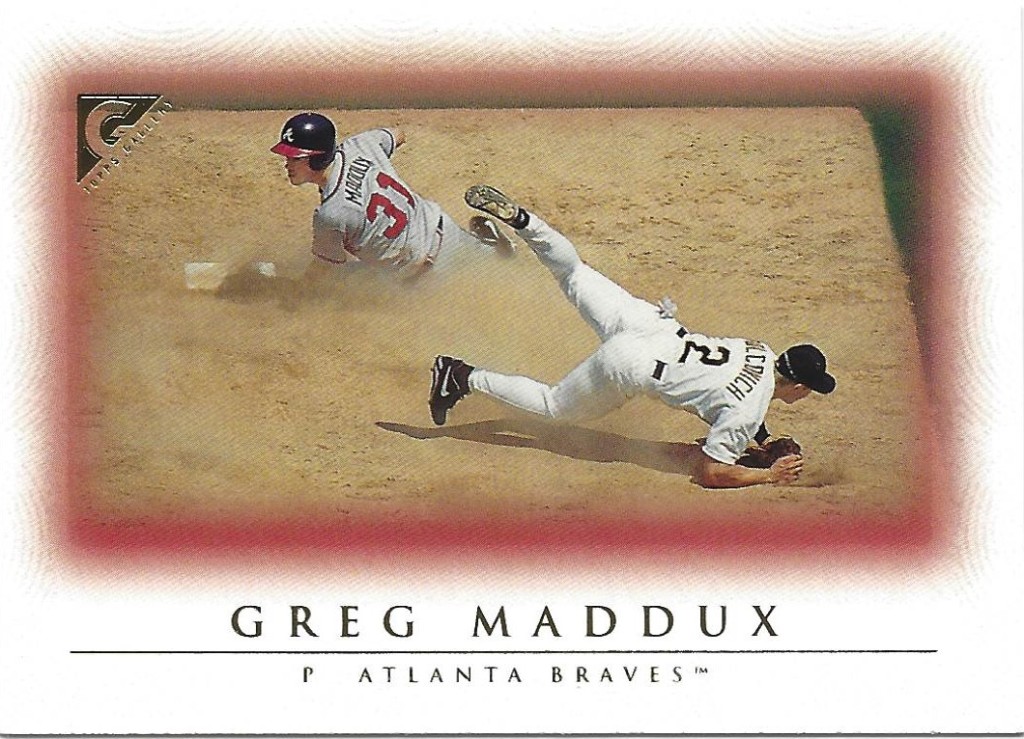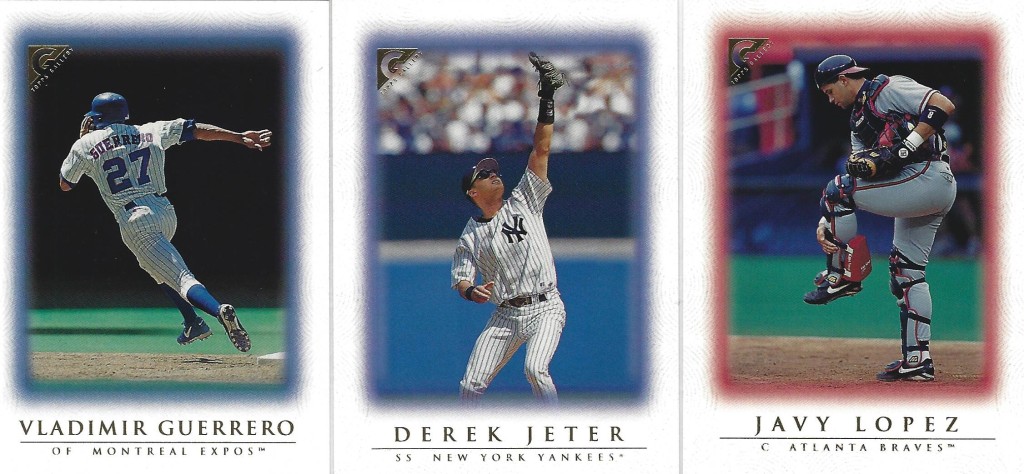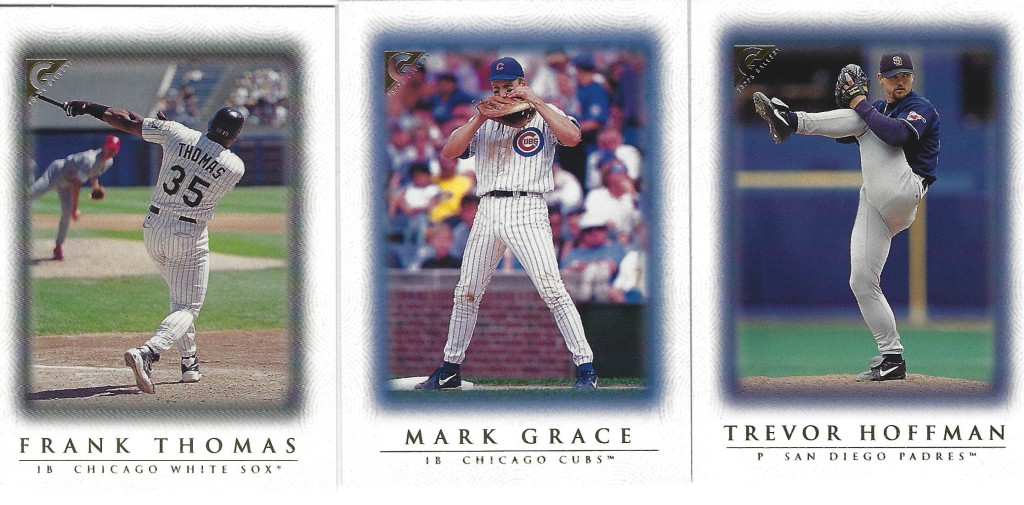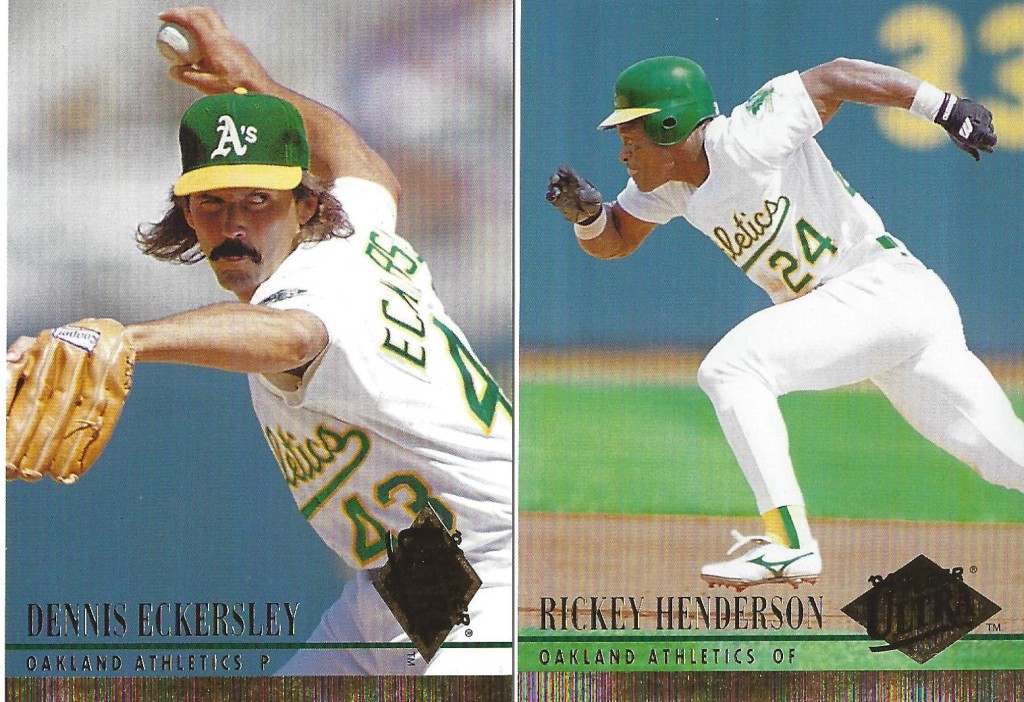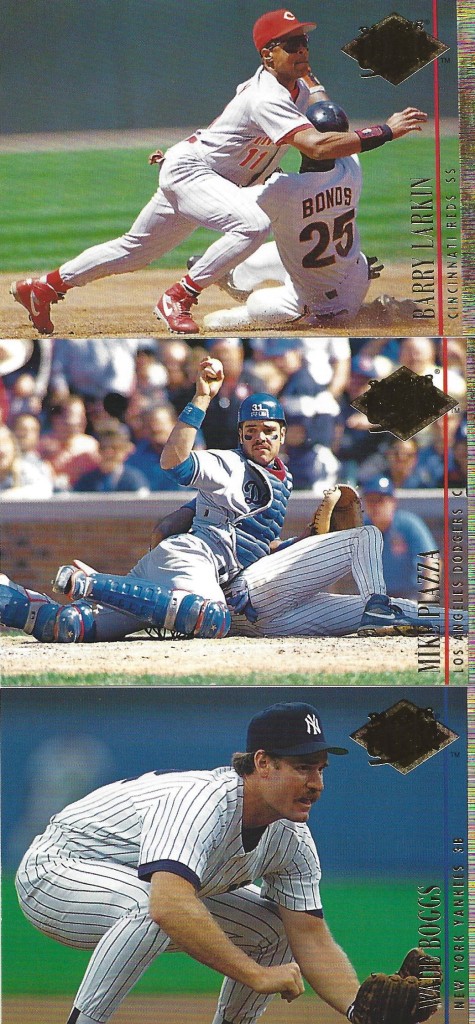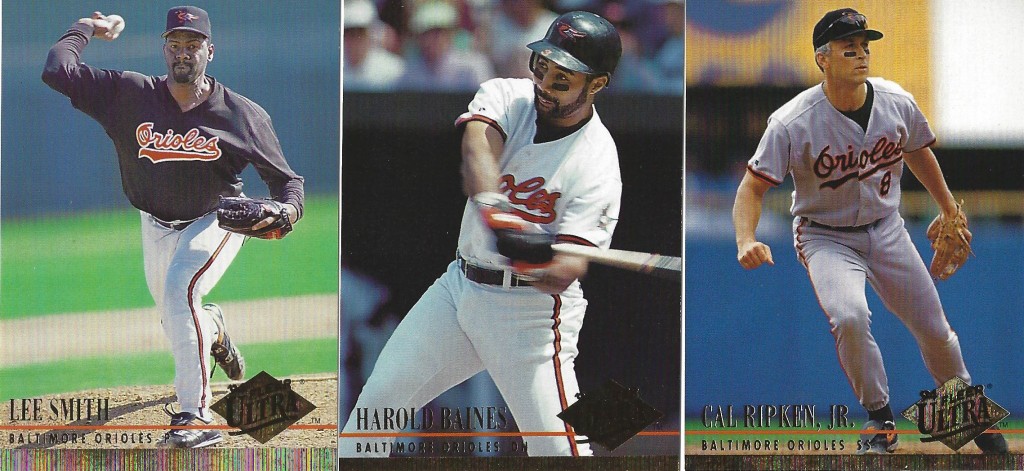I recently read an article where the writer was talking about “Topps variation nation.” He was of course referring to those collectors that chase “short print” cards with secondary images of top players along with retired legends who aren’t part of the primary base set. I’m definitely a citizen of “variation nation.” For years I’ve collected Topps’ flagship set but to be honest, the excitement is short-lived. Some years I simply grab the whole set and tuck it away where it won’t get pulled out for years. All in an effort to avoid missing a year.
The variations on the other hand, excite me. I keep them close because I love looking at them. Not only do I love the photography on the variation cards (usually way more interesting than the base card), but I love seeing retired baseball legends featured on the new designs. Seeing what a talented “photo-shopper” can do with an old black and white photo always impresses me. An added bonus is that the stats on the back tell the player’s entire story.
As I’ve been reorganizing and inventorying my collection, I’ve found many of these variations and legend short-prints floating around. Let’s take a look at a few.

I love this overhead of shot of Frank Robinson sliding into third base as the umpire and Sal Bando look on. This photo is from 1971. The Orioles would lose to Pittsburgh in the World Series that year. This is one of the FEW 2010 Topps cards where that stupid curved border doesn’t distract from an otherwise great photo.
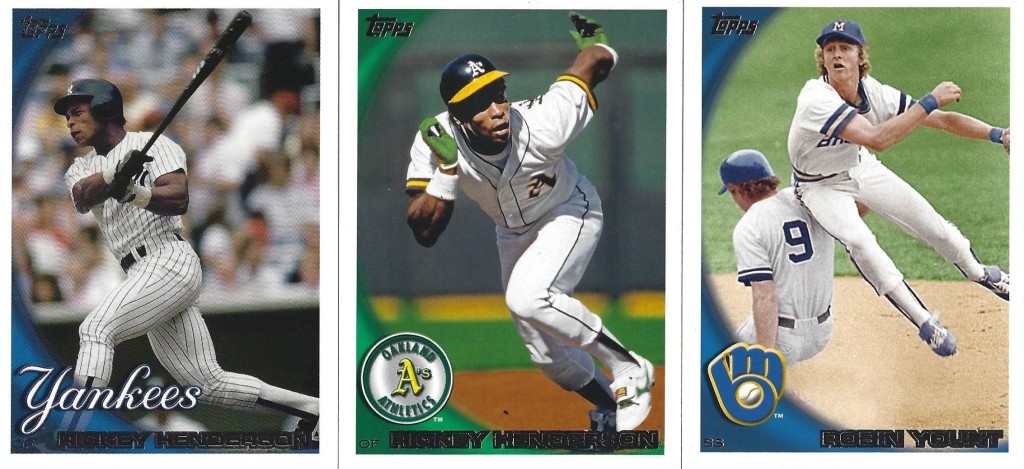
Here are the only other variations from 2010 that I have. I picked up the Rickey’s for my “Rickey binder” and the Yount was actually pulled from a retail pack which I was pretty surprised at.
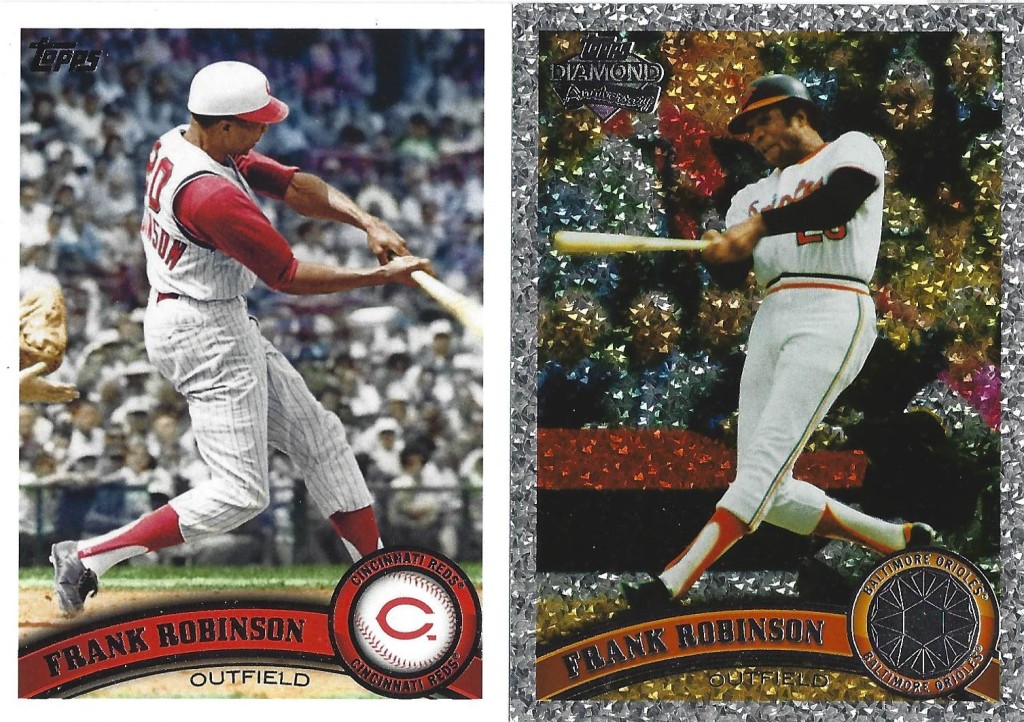
2011 was a design that works great to me. A prominent team logo at the bottom and a tasteful name banner and position at the bottom. This leaves the rest of the card wide open for the photo. I’m usually a “full-bleed” fan but in this case, I actually like the white border.
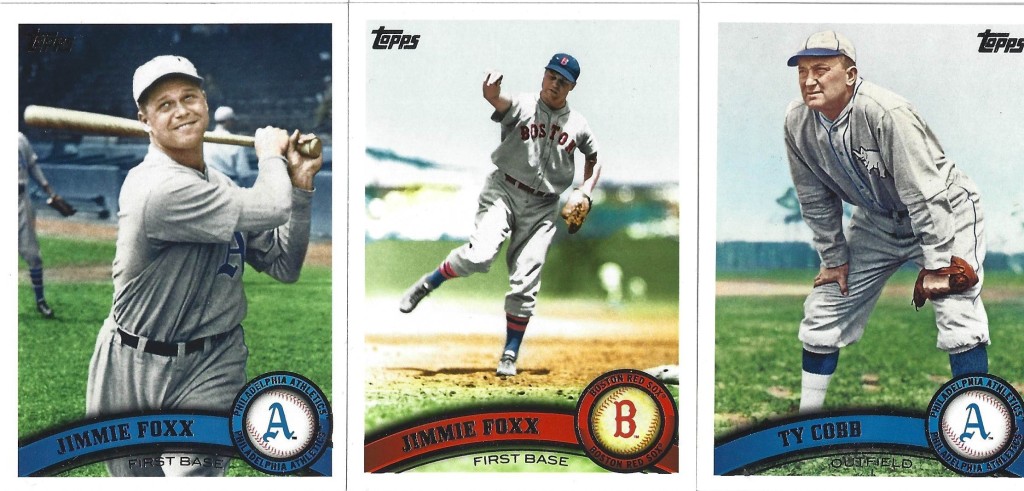
Here are three examples of how colorization can give an amazing makeover to vintage black and white images. These are some of my most favorite variations.

I’ve featured this card before on this blog and I absolutely love it. If you look at the Frank Robinson above, you will notice that there is no team logo – rather, a diamond logo of sorts. Rickey’s card features the A’s logo. I have no idea why the difference. If any of you have an idea, let me know. I’ve been on the lookout for the non-diamond version of this Rickey but can’t seem to find one in my price range.

Topps created a beauty with these Darryl Strawberry’s. I’ve had the cognac diamond parallel in my Ebay shopping cart for quite some time. One day I’ll pull the trigger on it.
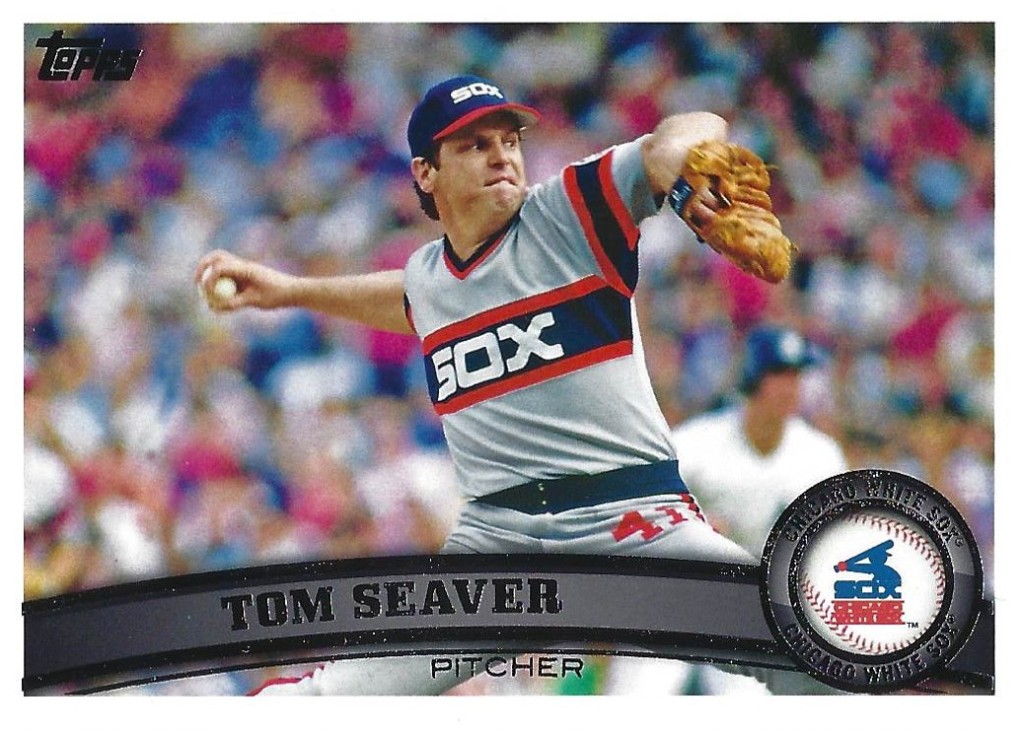
I’ve always loved this landscape shot of the late Tom Seaver. I have tons of cards featuring him in Mets and Reds jerseys but not so many in White Sox jerseys. I’d love to get some variations of him in his Red Sox jersey. He did appear in 16 games for them in 1987 so there should be enough photos out there of him. We’ve all seen (and probably loved) the 1987 Topps card of him. Conversely, we’ve all seen (and probably hated) the 1986 Topps Traded card of him…due largely in part to the horrific airbrush hack job that Topps did.

Topps however made sure to get this Nolan Ryan SP right for 2011. What an amazing card.

If you were to ask me if I collected “parallels,” I’m not sure if I can say that I do. There are some cards that I do intentionally seek out the other variations. This Koufax was one of them. I love the silver diamond variation. It’s crazy to me how much less expensive the diamond variations are than the plain base versions.
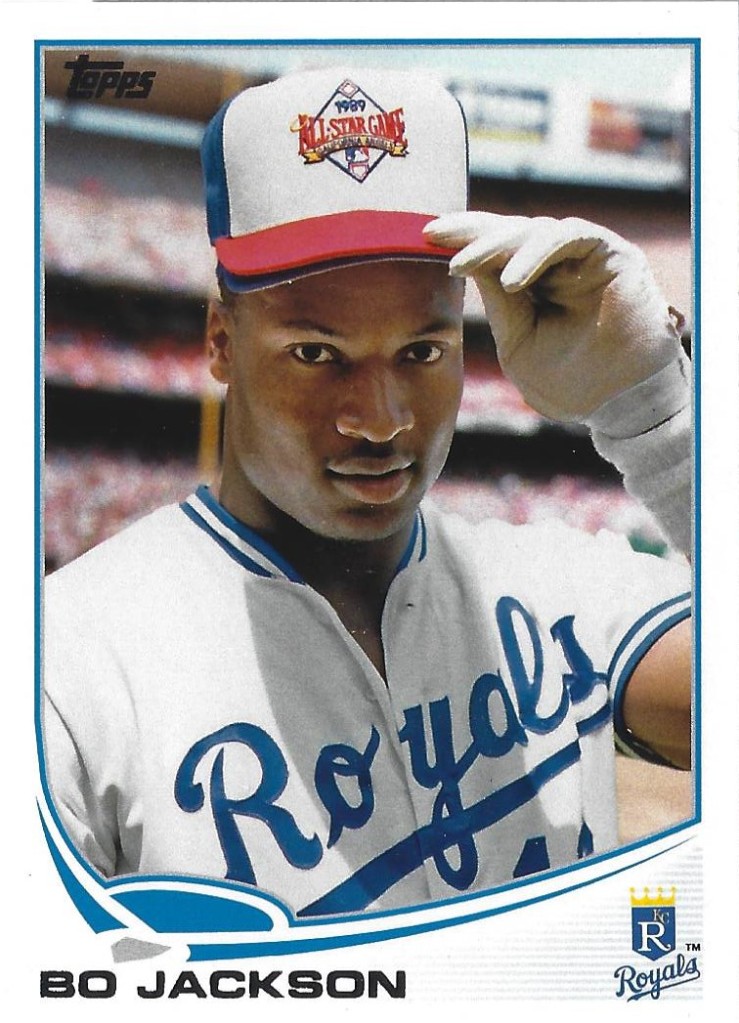
2012-2016 Topps was light on legends variations. 2013 Topps did feature this shot of Bo Jackson from the 1989 All Star game. This is my sole legends variation from that set. The game is noted for being the first in All-Star Game history to include the designated hitter. The game resulted in the American League defeating the National League 5-3. The game is also remembered for Bo Jackson’s monstrous lead-off home run to center field. Jackson was named the game’s MVP.

The variation game was strong for the 2017 Topps set. While I’ve got quite a few, here are a few of my favorites. I’m a huge fan of cards featuring the player signing autographs. It’s just a wholesome part of the game and I’m sure those kids all still have their Donnie Ballgame signatures somewhere.
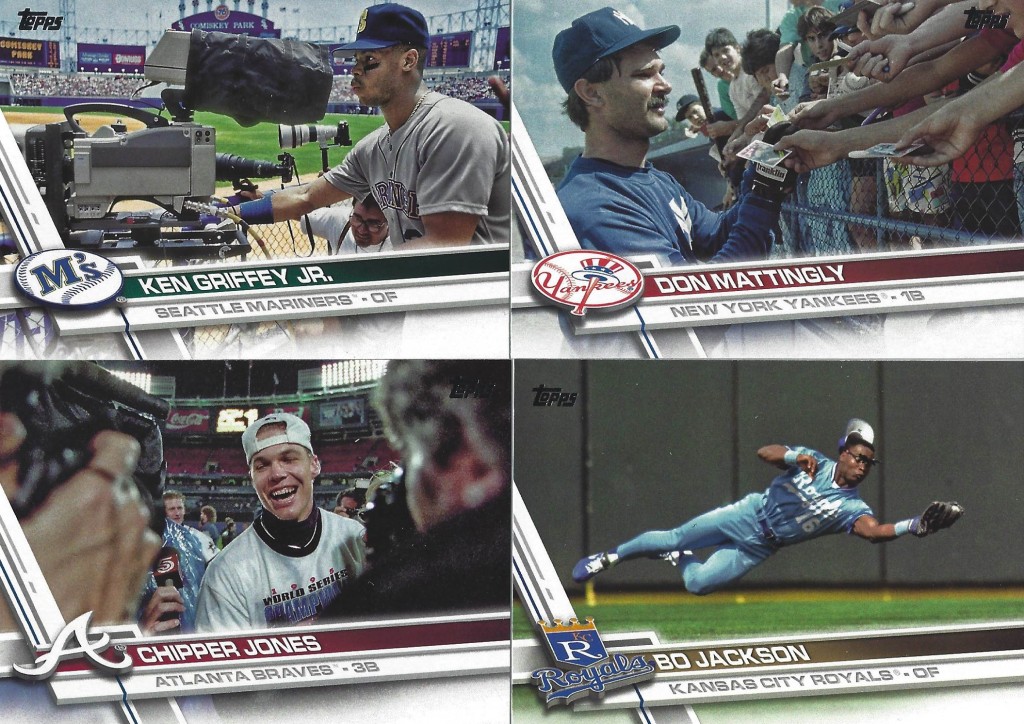

For some reason my scanner does NOT like these 2018 SP variations so I’ll apologize for the vertical lines. The two Rickey’s went straight to the PC and I knew once I saw the two Koufax’ that I had to have them.

This 2017 Topps Series 2 SP of Hammerin’ Hank is a great example of a unique photograph being used. I often wonder just how many photos are out there that we have yet to see.


2018 Topps was chock full of legend SP’s which made me very happy. I did see some chatter on some of the other blogs that some collectors may be growing annoyed with the inclusion of so many past players.
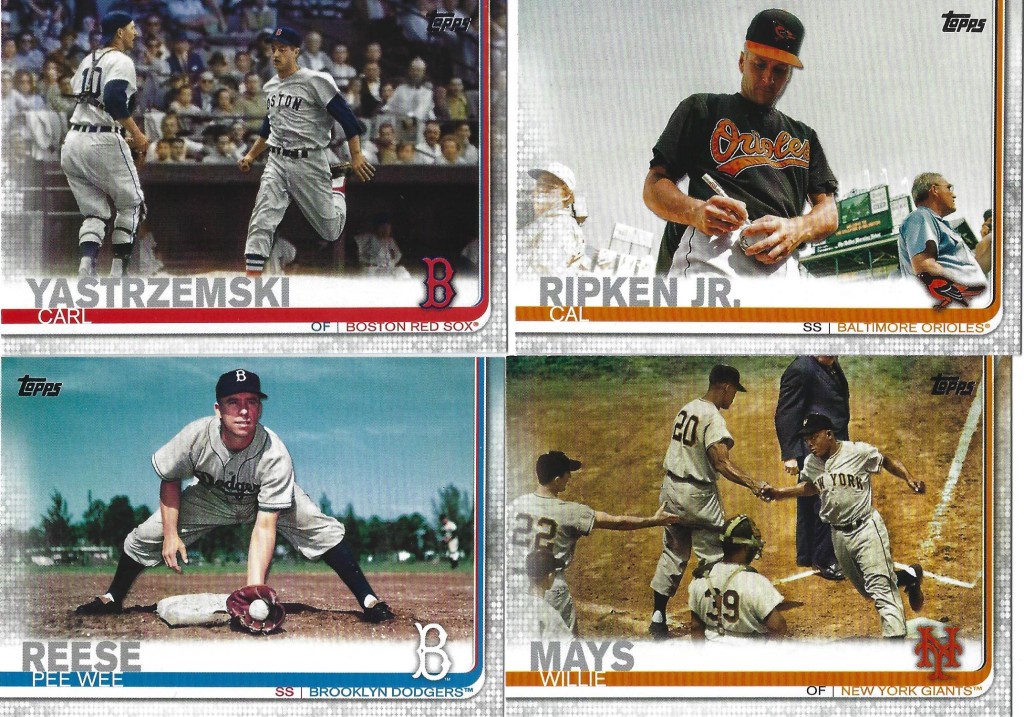
2019 Topps featured some amazing SP’s in both Series 1 and 2. The Pee Wee Reese is one of my favorite cards in my whole collection. The Mays is pretty spectacular too.
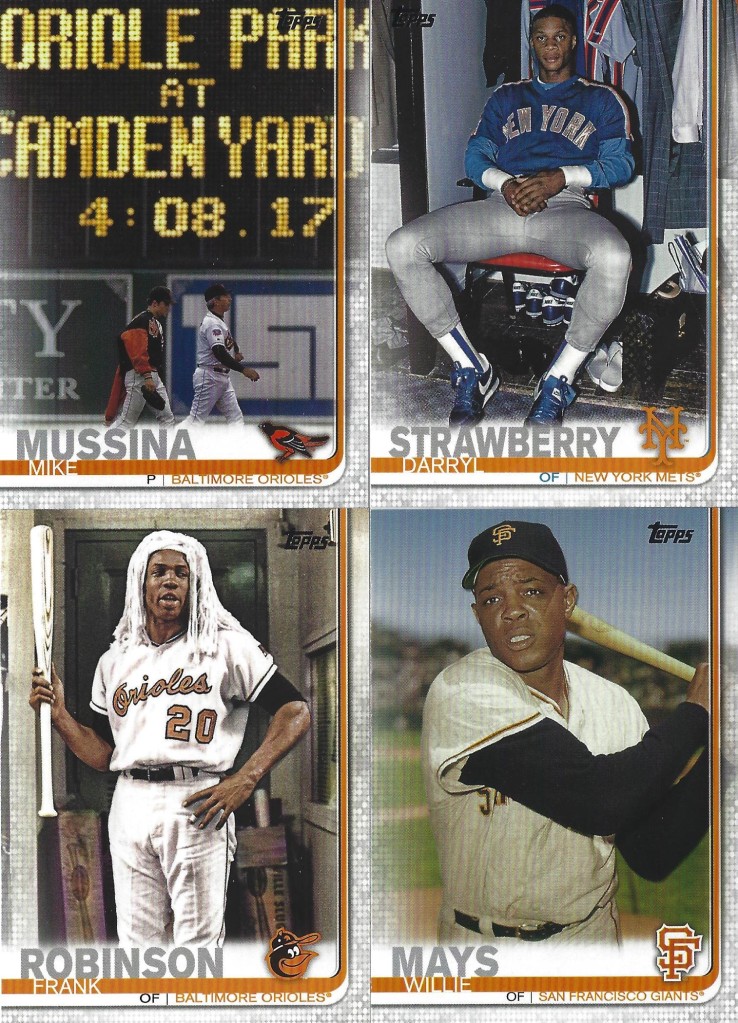
Topps did a nice job with the Mike Mussina SP. I always love when they can crop a compelling scoreboard shot into the picture. We also have a unique shot of Darryl Strawberry relaxing in the clubhouse. You can also see Frank Robinson holding court in his clubhouse.
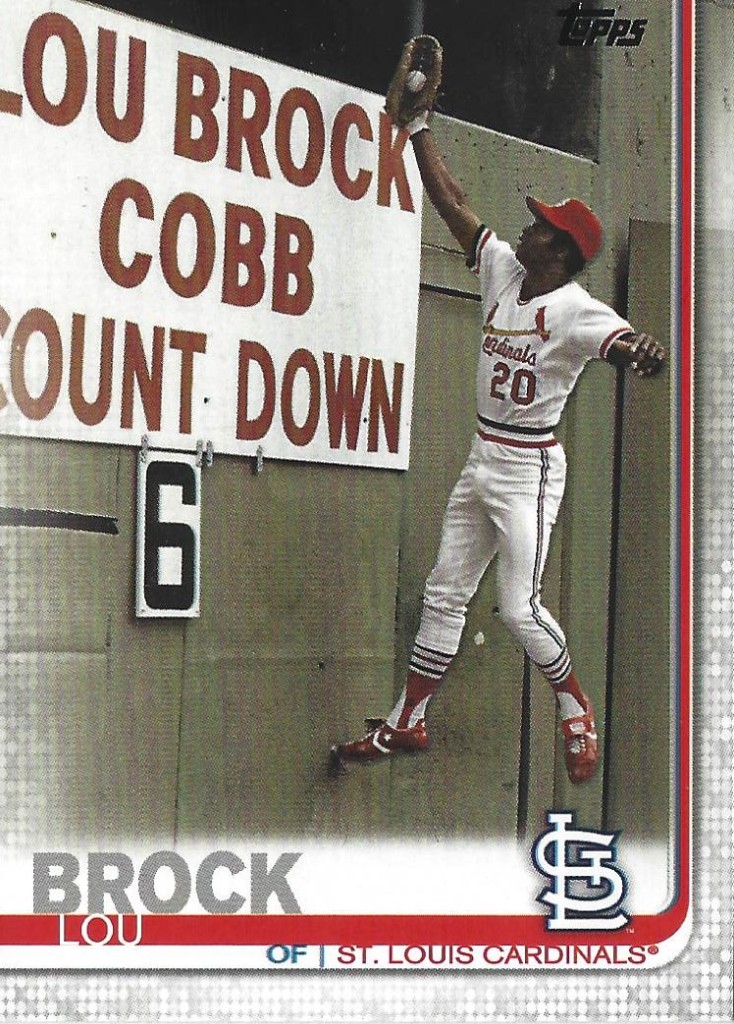
Here we have another fantastic use of the scoreboard as the late great Lou Brock shows his ability to defy gravity.
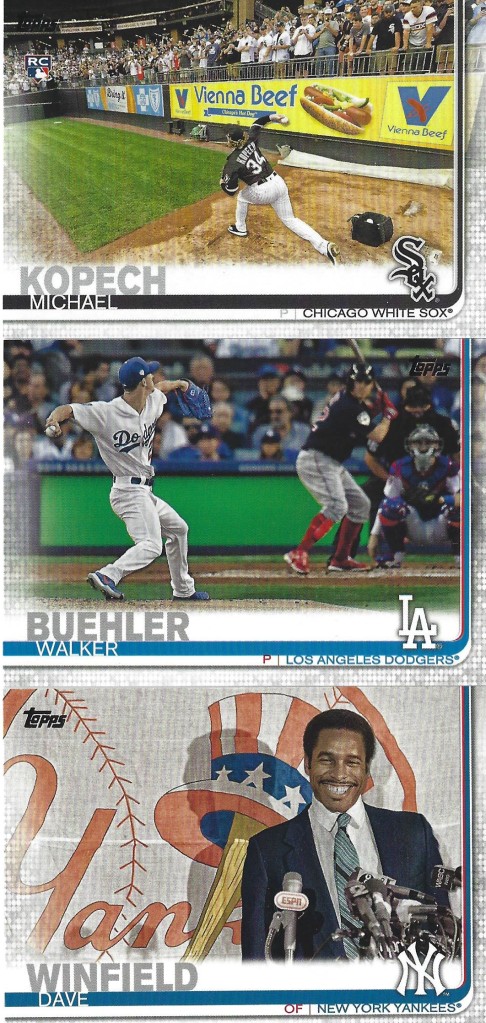
We will close out 2019 with two great shots of current players and a Hall of Famer. We don’t see a lot of bullpen shots but Topps created a beautiful card for Michael Kopech. I attended a baseball clinic here in Norfolk Virginia back in 1989. Dave Winfield was the “keynote instructor.” He was a great guy. I remember shaking his hand and it was the biggest hand I had ever shaken before.

While 2020 Topps is not my favorite design, I do love this shot of Seaver warming up with the Shea Stadium bleachers in the background. The photography in this set is spectacular and the fact that most of the card is borderless is nice. The nameplate on the left hand side of the card can be too prominent on some cards and can really cut tightly into the cropping. Topps did perfectly capture Reggie Jackson’s play at the plate from the 1974 World Series. The A’s would beat the Dodgers 4 games to 1. The Oakland A’s were a dynasty in the early 1970s. They won three World Series in a row, five American League West Division titles, and they did it with two different managers. Wade Boggs with a bat in his hand can be compared to Picasso with a brush in his. That said, I can never have too many Wade Boggs cards. I don’t really collect Paul Goldschmidt but how can anyone refuse a grab like this?
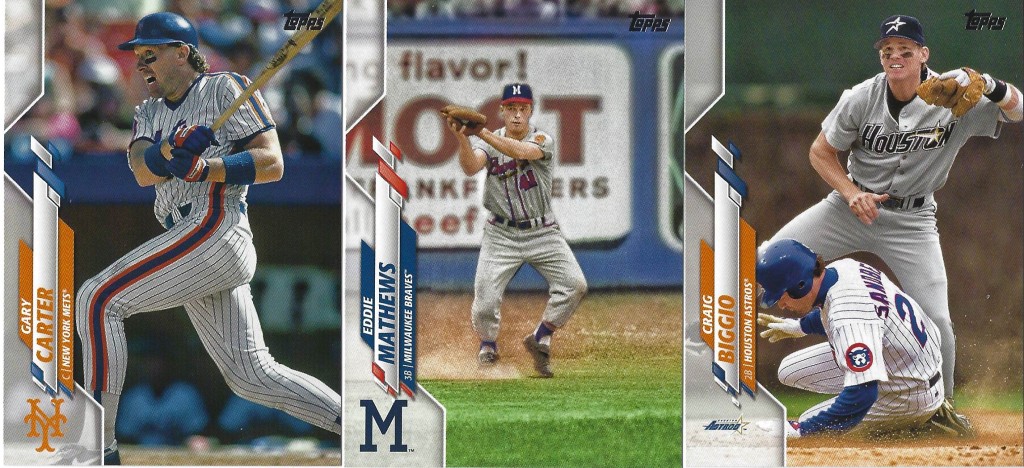
Four Hall of Famers on three different cards with these. At some point, I really need to inventory my Gary Carter collection. I’ll save that for another day though. The colorization on the Eddie Matthews breathes new life into the photo and it looks like Sandberg ended up taking a walk back to the dugout after this Biggio double dip.

My last Frank Robinson. Here he is featured in his red pinstripes probably around 1964.
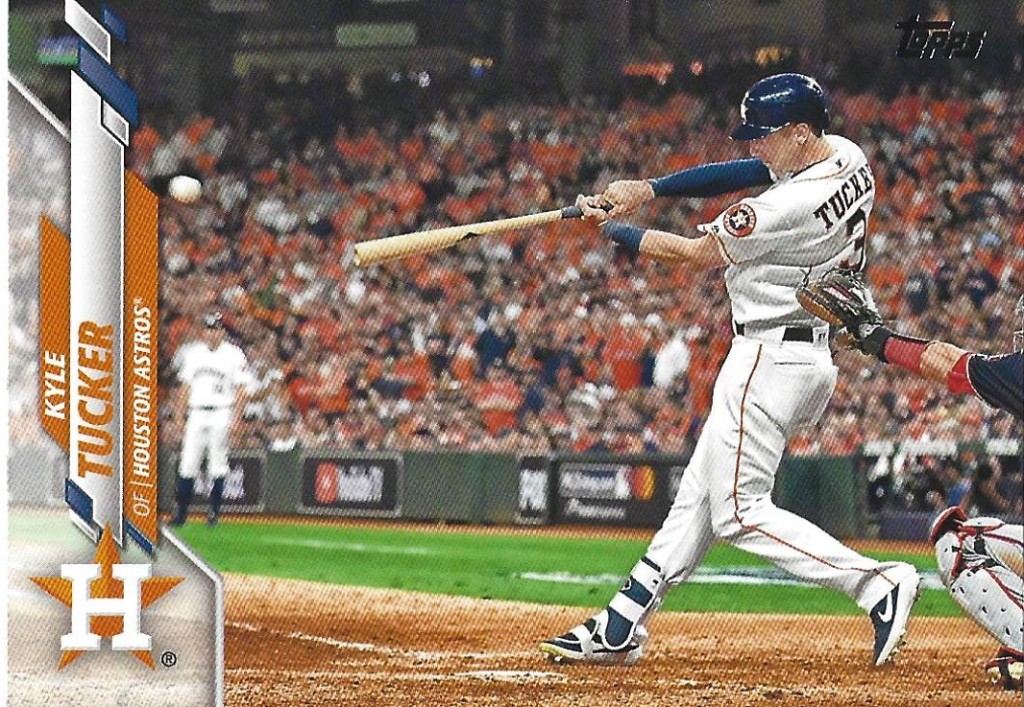
The Astros scandal and the way in which the Commissioner has handled it has left such a bad taste in my mouth that I try to avoid player cards of that 2017 team altogether. Fortunately, Kyle Tucker spend 2017 in the minors so he can go on the “approved” list for me. I love this landscape shot of him ripping a line drive out of the batter’s box. What a card.
That wraps up most of my SP variations. As you can see, I am a proud citizen of “Variation Nation.”
Have you ever pulled an SSP? Are there any SP’s out there that you are chasing? If so, let me know!

